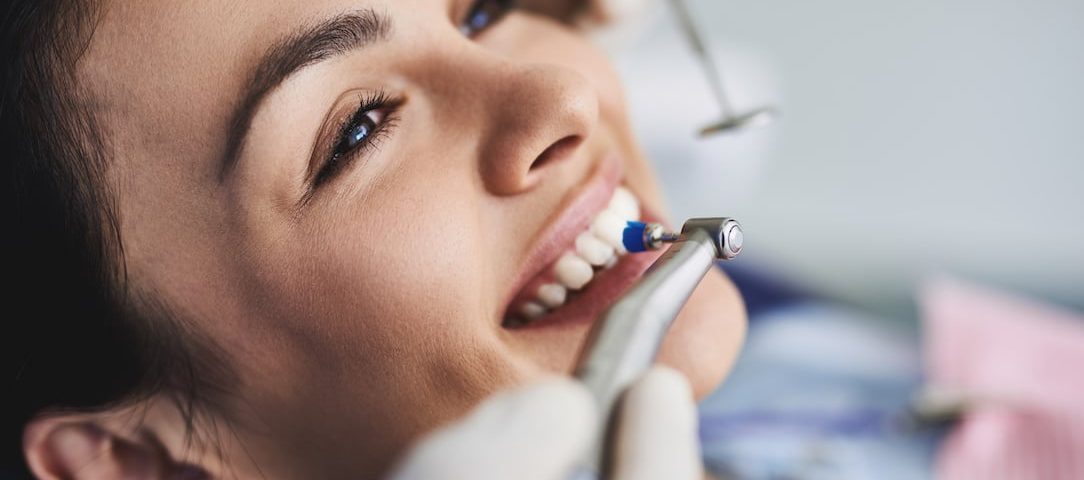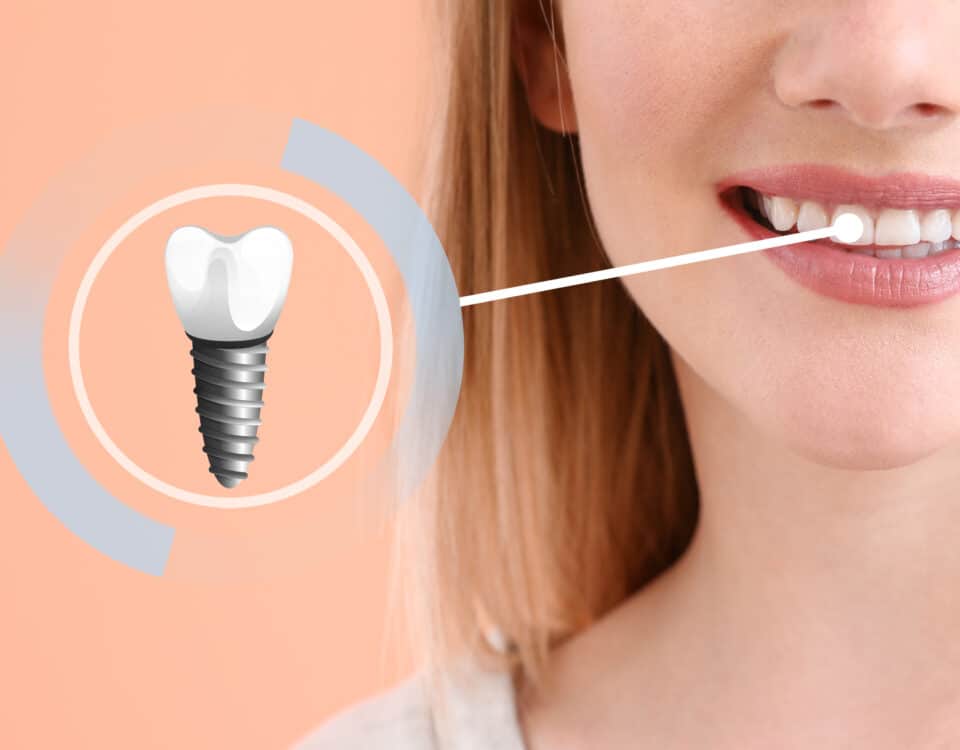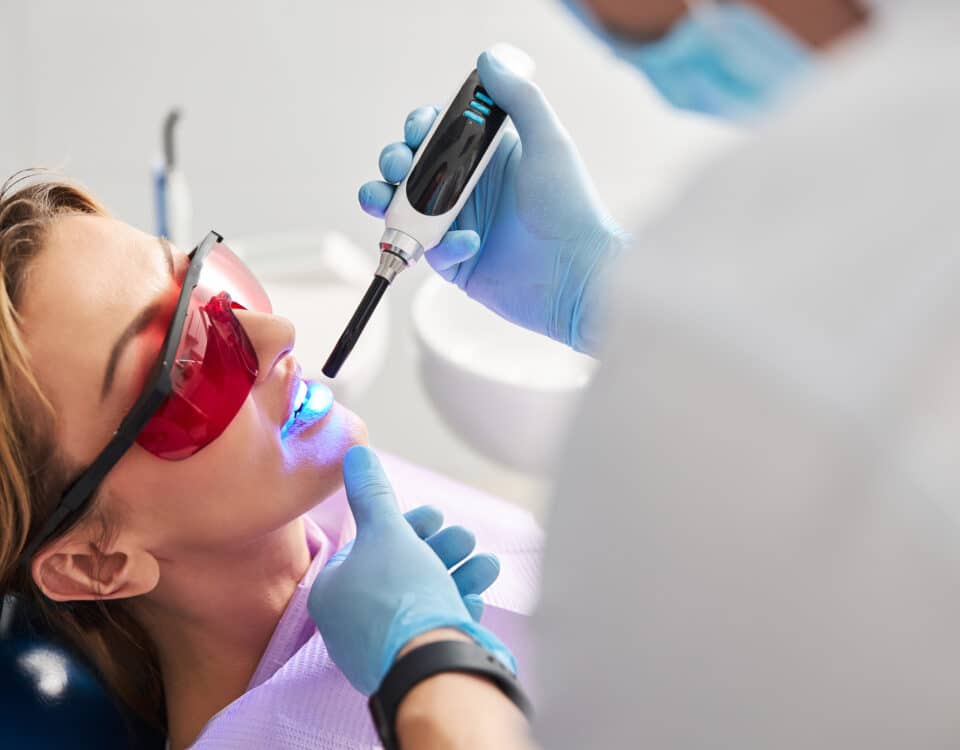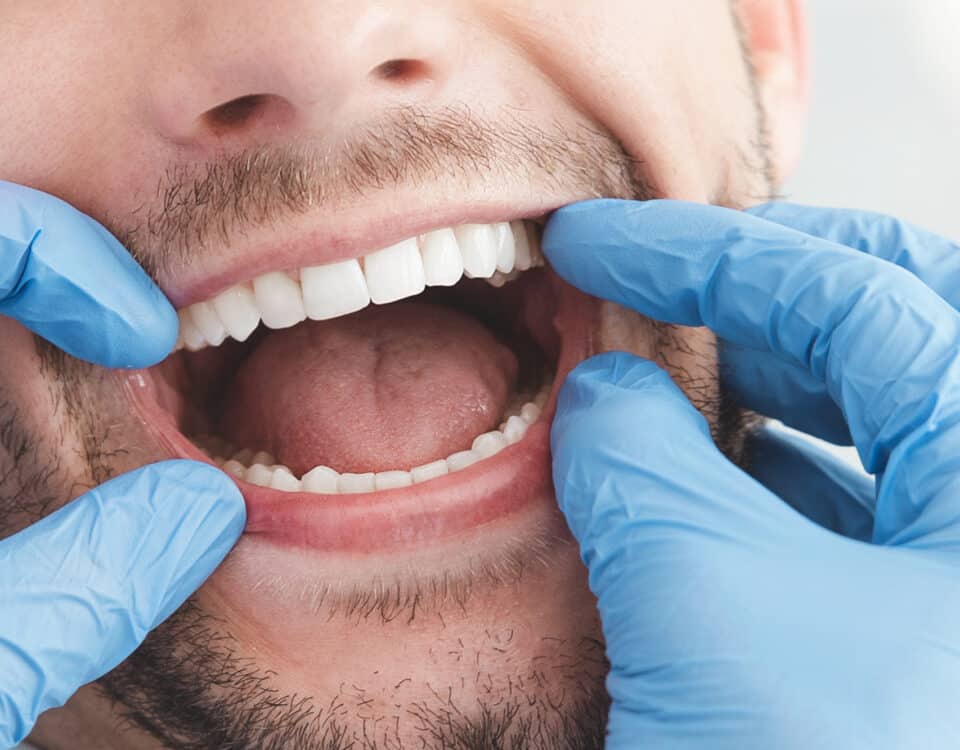What Happens During a Comprehensive Exam
February 26, 2020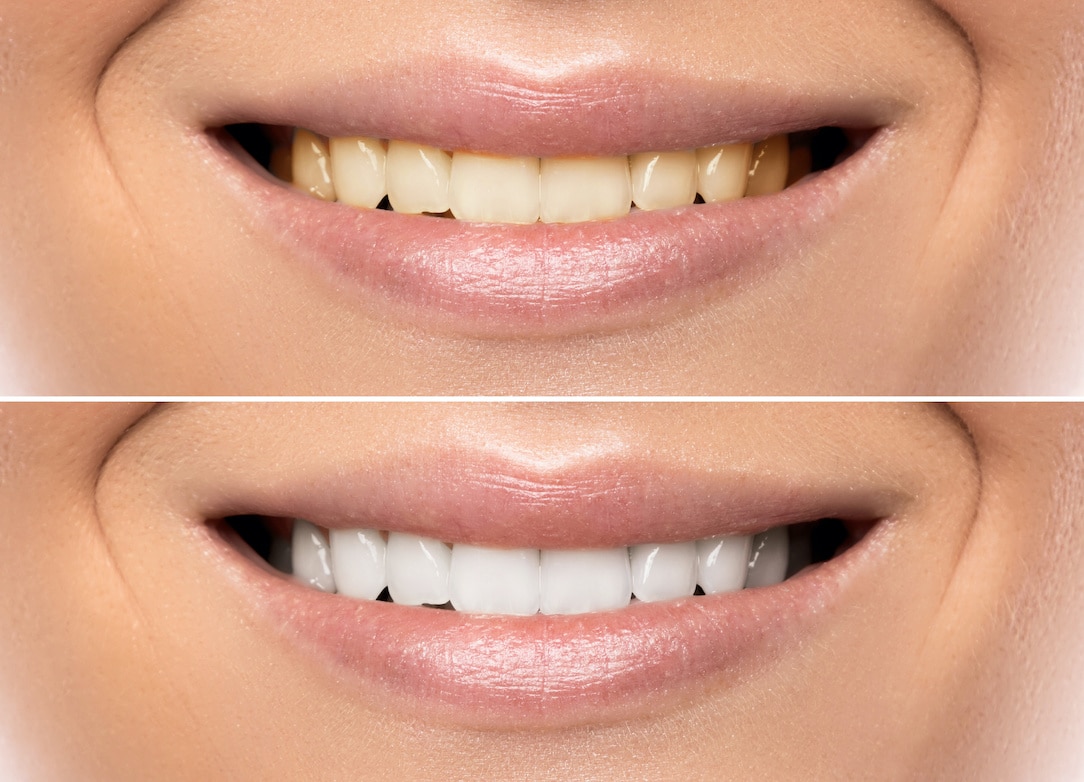
How Certain Food & Drinks Can Stain Teeth
March 10, 2020
Did you know the plaque on your teeth is a bacteria? This invisible, yet sticky, film that covers the teeth after eating can cause harmful dental problems. Plaque can attack the integrity of your teeth and cause cavities if you’re not practicing good oral hygiene. Keep reading to learn more about plaque and how to prevent plaque buildup.
What is Plaque?
Plaque is something dentists call a biofilm, because it’s made up of living microbes and a polymer layer. This sticky coating helps the microbes attach to the surfaces in your mouth so they can grow into thriving microcolonies. This doesn’t sound like something you want covering your teeth, does it? In most cases, it goes by undetected, but if you’re not responsibly caring for your teeth it can begin to target and attack the teeth and gums.
What Causes Dental Plaque?
When your mouth’s saliva combines with food and drinks it makes an ideal environment for bacteria to grow and grow and grow.
When you eat foods and drink beverages high in sugars: like baked goods, fruit, sodas, and other sweets, you can have increased plaque. Other foods like carbohydrates and milk also contribute to the rapid growth of bacteria.
The bacteria in your mouth uses the sugar from your food and drinks along with your saliva to continue living and multiplying. This produces acid. The acid wears down the tooth’s enamel, which can cause tooth decay and gum disease.
Plaque vs. Tartar
We can control plaque that happens day-to-day by brushing, flossing, and maintaining good oral care. If plaque isn’t removed daily, it can calcify and become tartar.
Tartar is also known as calculus, and it’s a mineral buildup that’s visible to the eye. In most cases, tartar accumulates right above the gumline. It’s yellow to brown in color, and can absorb stains. This means that not only is it bad for your health, but it can also cause cosmetic problems when you drink dark beverages or other stain-causing drinks and foods. The only way to remove tartar is to visit the dentist.
Removing Dental Plaque
To keep plaque at bay, it’s important to practice good oral hygiene. To prevent plaque from accumulating and becoming tartar, follow these steps by The College of Health Care Professions:
- Brush thoroughly twice a day to remove plaque from surfaces (for at least two minutes each time)
- Floss daily to remove plaque between teeth and near gums
- Limit sugars and starchy foods, like sticky snacks
- Visit your dentist for regular cleanings and exams where plaque and tartar will be removed
Practicing good oral hygiene is the best way to prevent plaque from harming your mouth. In addition to the practices mentioned above, we encourage patients to also use a mouth rinse. Swishing with mouthwash helps attack plaque between the teeth. In a 2016 study, researchers saw that mouth rinses along with other daily oral hygiene habits, like brushing and flossing, there is a significant reduction in plaque and gingivitis.
Health Problems Associated with Dental Plaque
Plaque causes gum disease because of its stickiness keeping the acid on your teeth. The acid breaks down the tooth enamel, so when it builds up it can lead to gingivitis. Gingivitis is gum disease that causes your gums to be irritated, red, and swollen. It’s typically known as a mild form of gum disease, however, if not treated it can become more severe.
There’s been a proven link between your heart health and dental plaque. We’ve talked about the plaque on your teeth, but the cardiovascular system has a different kind of plaque that’s made of components found in blood. This is fat, cholesterol, calcium, and more. When this builds up in the arteries, it can cause coronary artery disease.
When people have gum disease, they can be up to three times as likely to have a heart attack or stroke according to Harvard Health. The link comes from inflammation, but they go on to mention that, “to date, there’s no proof treating gum disease will prevent cardiovascular disease or its complications. But the connection is compelling enough that dentists say it’s yet another reason to be vigilant about preventing gum disease in the first place.”
Rather than wait and see if your plaque buildup will cause you heart problems, it’s better to see your dentist often. Going for your regular checkups, you will have plaque removed professionally which will help keep your mouth healthy.
Remove Plaque with Glacier Creek Dental
Having plaque buildup on your teeth can have serious health consequences. If you’re ready to remove plaque and be on your way to a healthier mouth, call us for an appointment at (970) 267-0993. If you’re reading this outside of our business hours, you can contact Glacier Creek Dental online to request an appointment.

